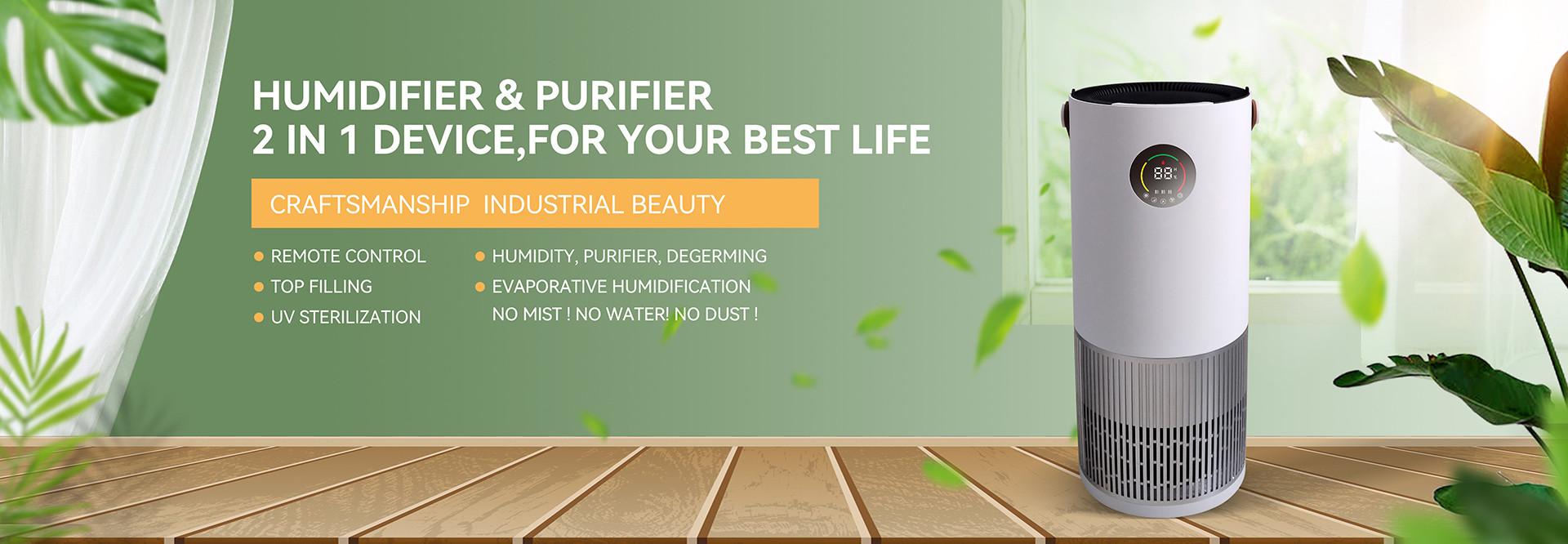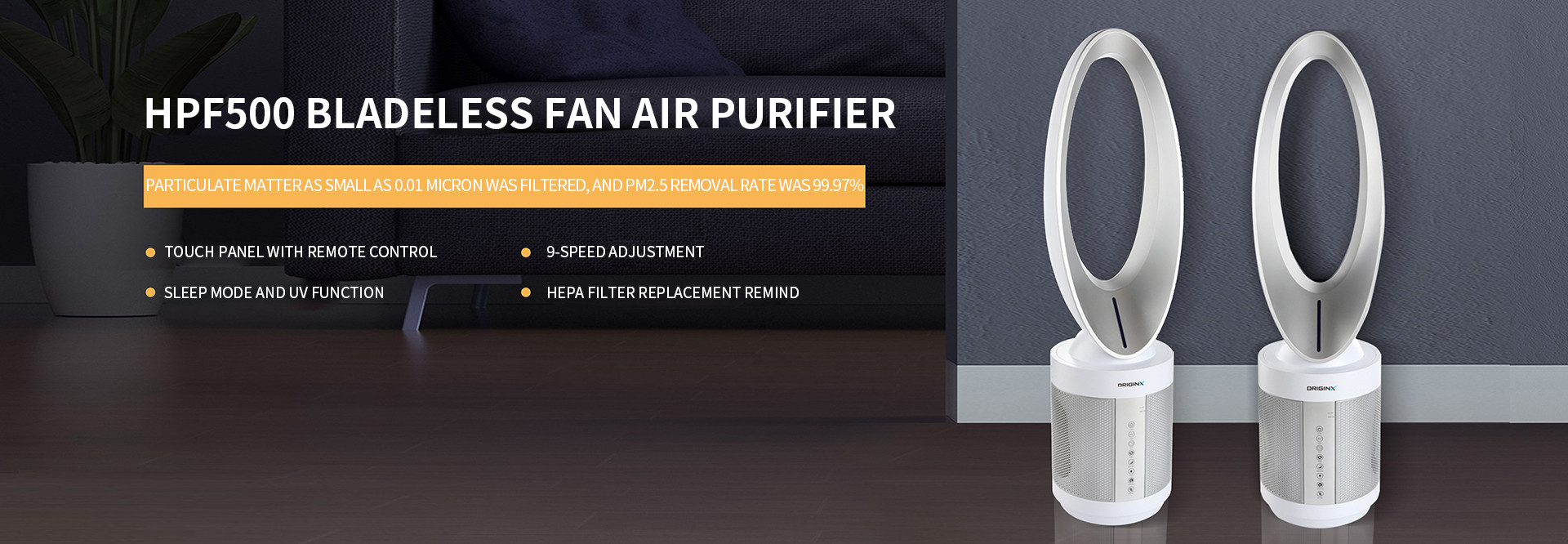Generally, in our indoor living environment, air pollutants can be divided into three categories: chemical pollutants, physical pollutants, and biological pollutants.
Chemical pollutants: Among chemical pollutants, formaldehyde is the most familiar one, but it is far more than just formaldehyde that can cause harm to the human body. It also includes benzene, xylene, ammonia, carbon monoxide, carbon dioxide, and so on. Their main sources are decorative materials and various new furniture. For example, artificial boards, paints, coatings, and adhesives.
Physical pollutants: Physical pollutants refer to radioactive contamination of some trace elements, as well as electromagnetic radiation. The main source is materials that contain radioactive substances, such as granite, and some household appliances. These physical pollutants only require a small amount to cause harm to the human body, and are more harmful than chemical pollutants.
Biological pollutants: Biological pollutants mainly refer to some bacteria and fungi. Mainly from moldy walls, carpets that are prone to bacteria, mops, and so on. If a pet is kept at home, its fur can also carry bacteria. Of course, pollen particles also belong to biological pollutants.
Among these three types of air pollutants, air purifiers are powerless against physical pollutants. In this regard, we mainly rely on ourselves, especially when buying various household appliances, we should try not to buy some low-quality products, and also be sure to check whether the radioactive substances in the household appliances exceed the standard when purchasing.
The main pollutants that air purifiers can handle are chemical and biological pollutants. Among these three pollutants, physical and chemical pollutants are the most harmful to human health. However, physical pollutants generally do not exceed the standard, but chemical pollutants often exceed the standard, especially in new houses, furniture, and some chemical materials or decoration materials used.
The harm of biological pollutants is relatively small, as bacteria are ubiquitous, but some moldy bacteria and fungi can easily cause illness or allergies. Many people say they are allergic to animal hair, but it is not because of animal hair, but because of the bacteria carried on it.






